Conference calls can be one of the most valuable communication tools in business. Saving companies from unnecessary travel and redundant conversations, conference calls are an easy way to provide a big boost to productivity on a day-to-day basis–if everyone is paying attention, and is engaged and behaving appropriately.
As pointed out in the hilarious video “A Conference Call in Real Life,” by comedy duo Tripp & Tyler, human behaviour can be the Achilles’ heel of a great conference call. But it doesn’t have to be that way.
Here are a few ways you can keep people in check and maximise the productivity of your next conference call:
1. Be a thoughtful host
Forbes contributor Lisa Quast recommends playing the role of a great host, preparing for a conference call as you might prepare for a party. First, practice with your conferencing software to make sure technological issues don’t cause delays that waste participants’ time. “There’s almost nothing worse than being on a conference call when the host doesn’t know how to use the technology,” wrote Quast. And, just like a party host, conference call leaders should dial in well in advance of participants and welcome each as they arrive. This is a great opportunity to engage with each person on the call and ensure they have all the materials needed. What is really helpful here is if the technology itself is easy and intuitive for everyone to use so no explanations are needed for those new arrivals on the call.
2. Set ground rules
People can’t meet your expectations if they don’t know what the expectations are. “Don’t assume that those on the call understand the guidelines for a quick and efficient call,” wrote business blogger and VP of organizational development for Sperry Van Ness International Bo Barron. “The leader’s role is huge in setting the tone, keeping the call on track and making sure that everyone is engaged.” Reasonable expectations include participants keeping their phones on mute when not speaking or holding questions until a certain point in the agenda. No matter what guidelines you set up, make sure all participants are aware of and understand them.
3. Monitor participation
Perhaps the worst conference call behaviour is that of the participant who checks in at the beginning and then spends the rest of the call checking email, catching up on other work, or even making other phone calls with the conference on mute. How many times have we all heard a person being asked a question and they respond by saying “Sorry, I was on mute, can you repeat that please?” No call can be effective if no one is listening. To keep participants engaged, MobileDay recommends taking notes on who is and isn’t contributing to the conversation. If someone hasn’t spoken up in a while, reach out directly to that person with a question or to check his or her thoughts on an issue.
4. Encourage interruption
Inviting participants to interrupt may be counterintuitive, but can actually make for a more productive call. “The conversational dynamic of conference calls can be difficult, lacking as it is in body language cues as to who wants to talk or who might have some disagreement with what’s being said,” wrote Anne Zelenka for Gigaom. That awkwardness can discourage participants from speaking up at all, leaving important conversation points unsaid. However, one thing that will help this is when people get more comfortable with video conferencing from their laptops, allowing them to see and hear each other and pick up on a bit more of that body language and see who is engaged or not.
5. Don’t forget the call to action
The impact of even a great discussion can be lost if the conversation doesn’t transition from talking to action. As Debra Wheatman wrote for NewYork.com, summarising the next steps can jumpstart that action. “At the conclusion of your conference call, summarize the ‘so what’ of what you just discussed,” said Wheatman, “and remind all of your participants of what is expected of them during the interim period between calls.”
When all participants understand expectations, are truly engaged and know exactly what to do next, the conference call can truly live up to its true potential: a valuable tool that can ramp up productivity in any workplace. In the future, that call to action will be supplemented with transcriptions of the call coupled with the ability for all the attendees to provide their own notes and thoughts as part of the record of the conference.


